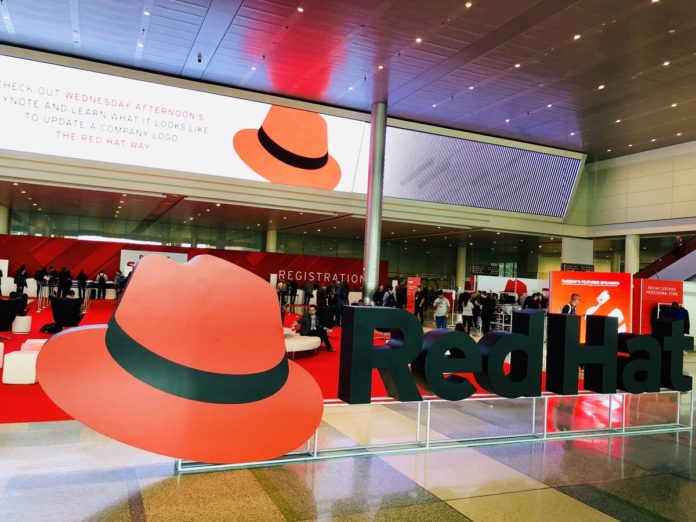Samsung Electronics and Red Hat, Inc., a provider of open source solutions, announced today a broad collaboration on software technologies for next-generation memory solutions. The collaboration will focus on the development and validation of open source software for existing and emerging memory and storage products, such as NVMe SSDs, CXL memory, computational memory/storage (HBM-PIM, Smart SSDs), and fabrics, with the goal of creating a large ecosystem for tightly integrated memory hardware and software.
The exponential growth of data driven by AI, AR, and the rapidly approaching metaverse is causing disruptive changes in memory designs, necessitating more sophisticated software technologies that better integrate with the most recent hardware advancements.
This is the first time Samsung has collaborated with an open source software company to foster engagements across the IT marketplace. As part of this strategic partnership, Samsung will launch the Samsung Memory Research Cloud (SMRC), where the two companies will develop and test software solutions on a variety of server platforms. The SMRC will serve as an open collaboration hub, allowing customers and partners to evaluate new software products in optimal combinations with memory hardware.
In addition, the companies will participate in open source communities such as the Linux Foundation to ensure that their software technology is fully supported in Red Hat Enterprise Linux and other open source software stacks. Samsung intends to launch its SMRC platform in the second half of this year, with the goal of serving as a continuous catalyst for innovation in future IT systems.
“Samsung and Red Hat will make a concerted effort to define and standardize memory software solutions that embrace evolving server and memory hardware, while building a more robust memory ecosystem,” said Yongcheol Bae, Executive Vice President and Head of the Memory Application Engineering Team at Samsung Electronics. “We will invite partners from across the IT industry to join us in expanding the software-hardware memory ecosystem to create greater customer value.”



































































